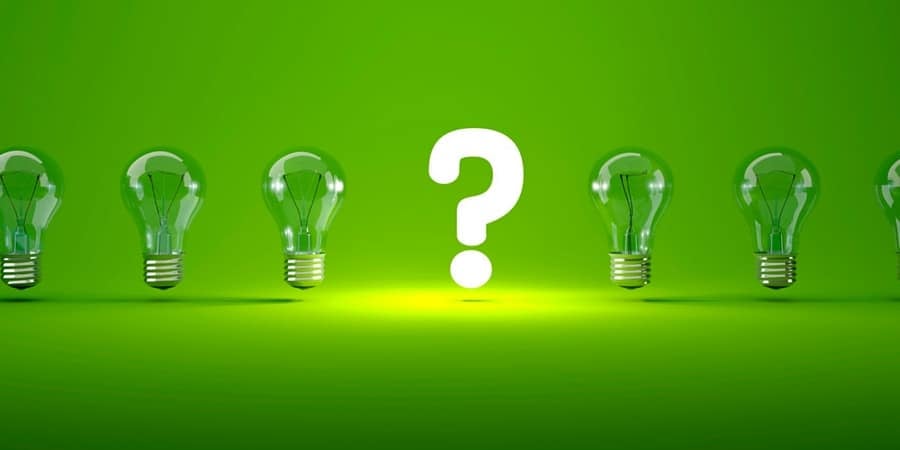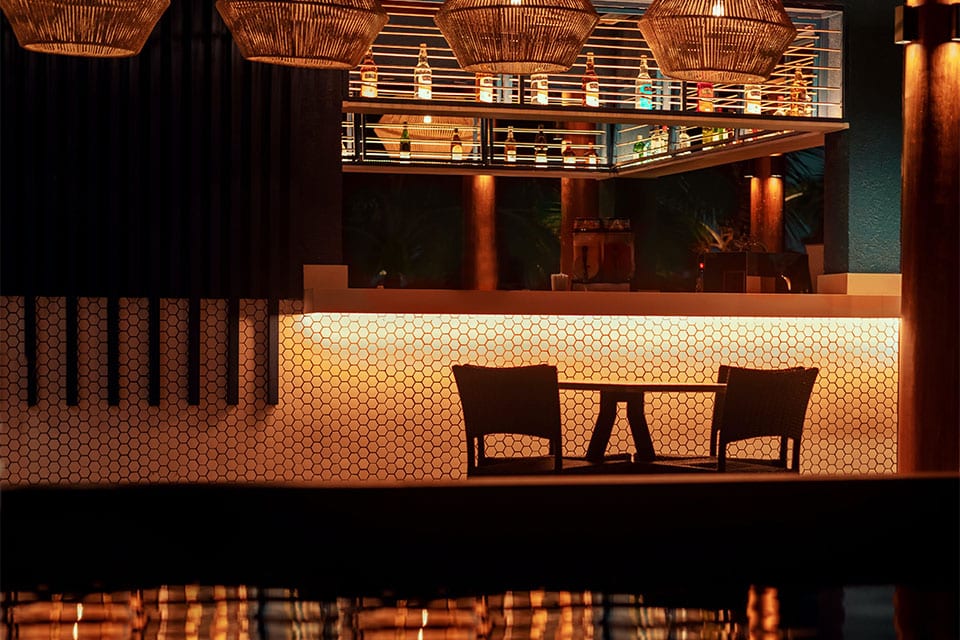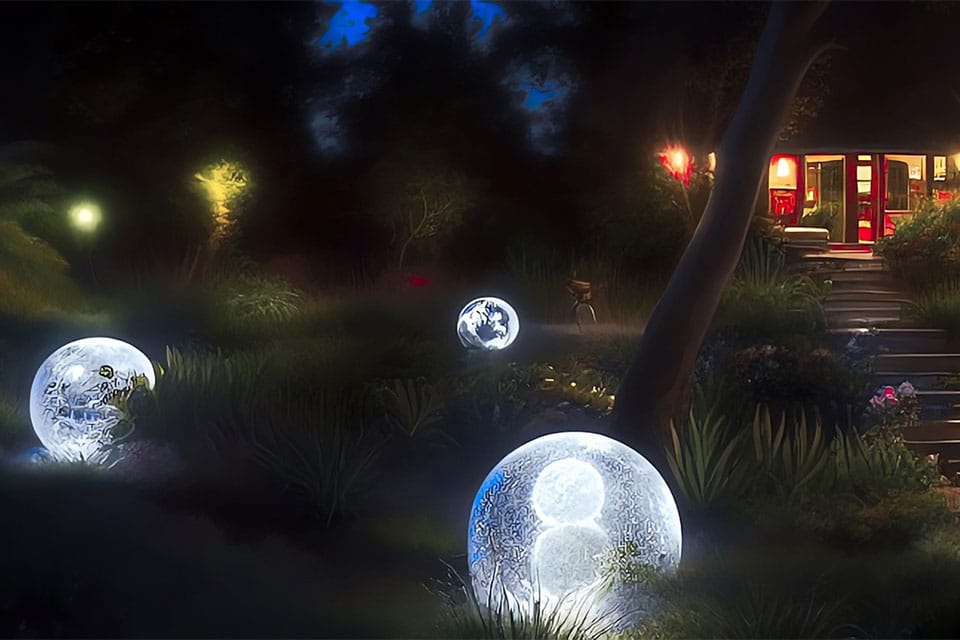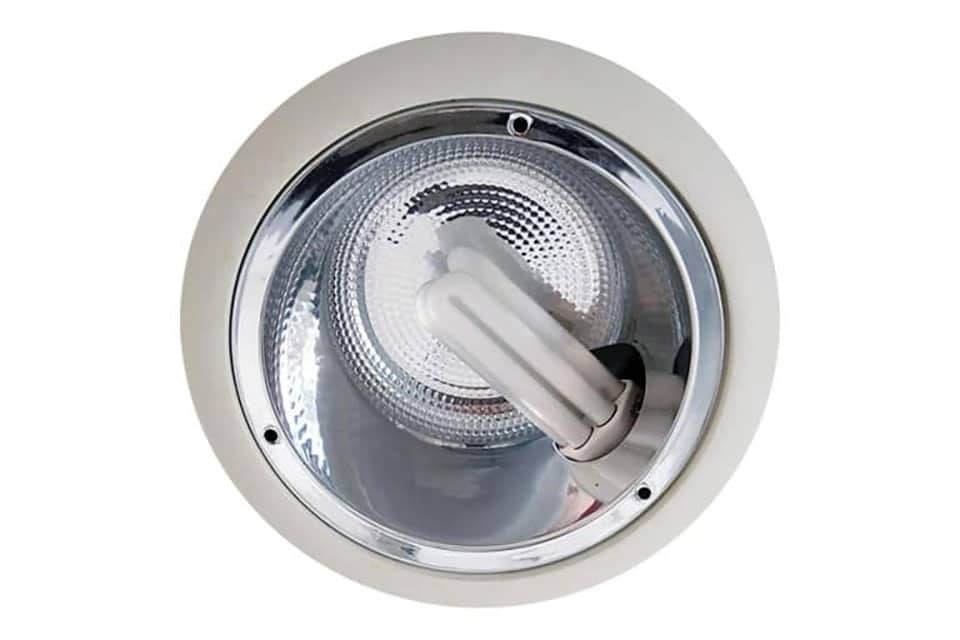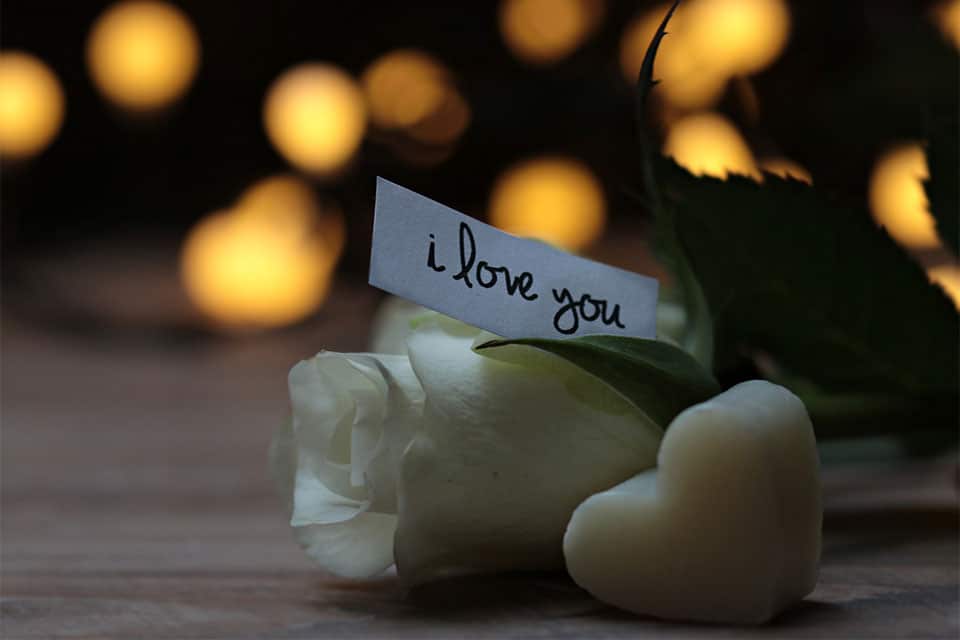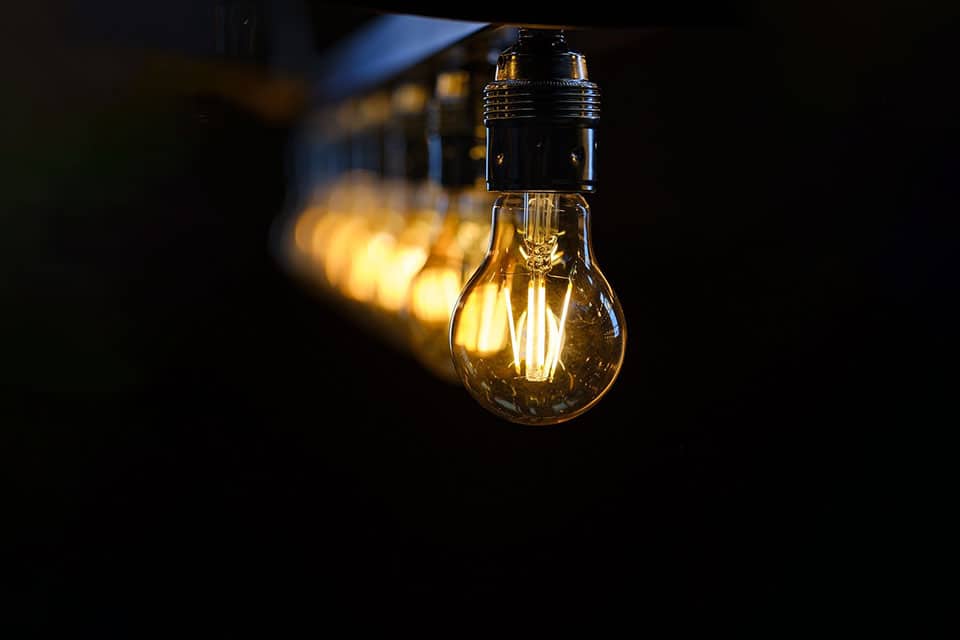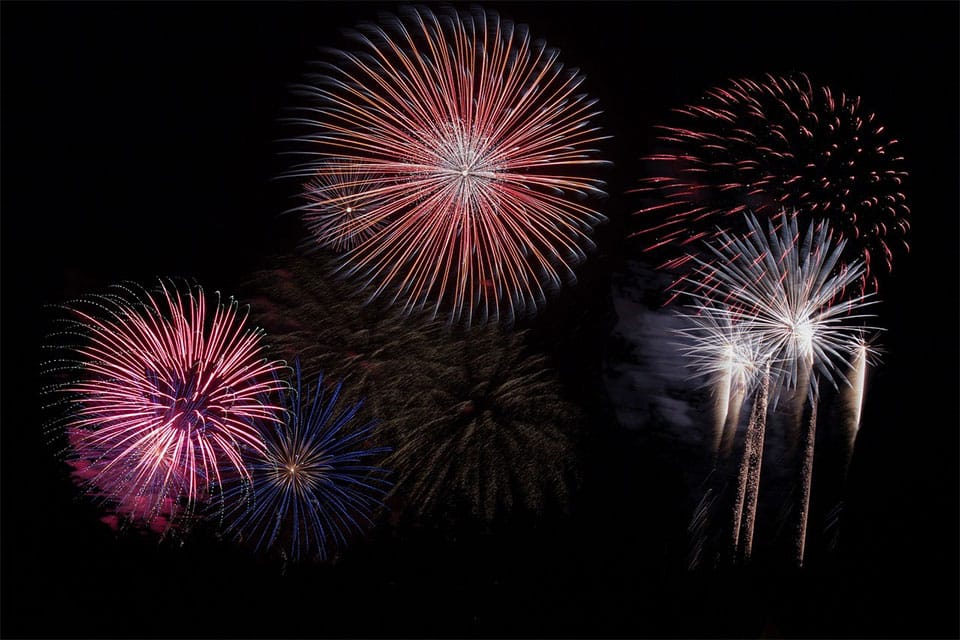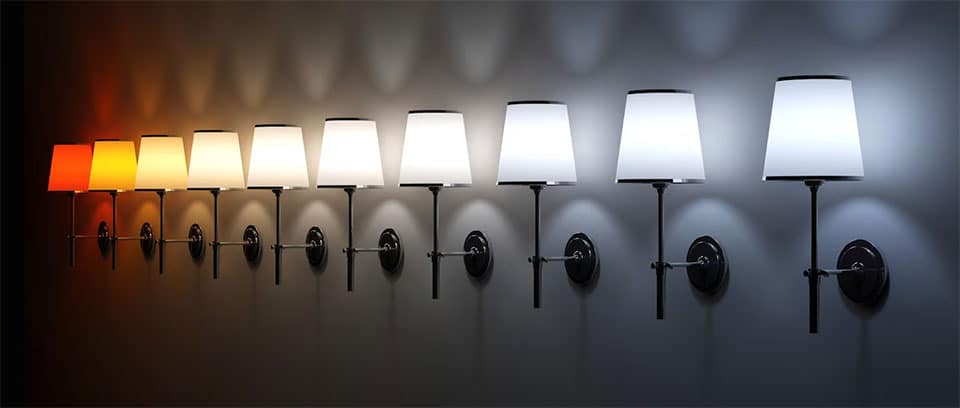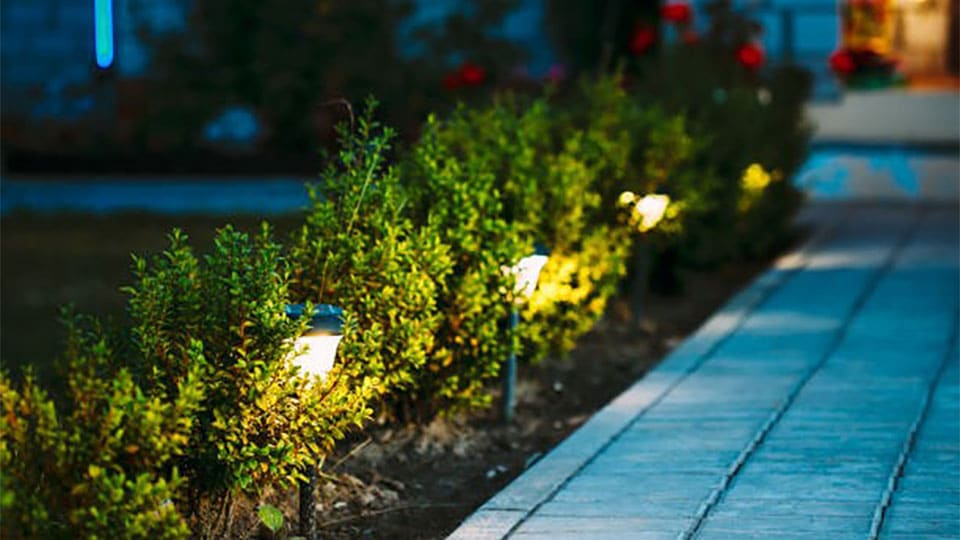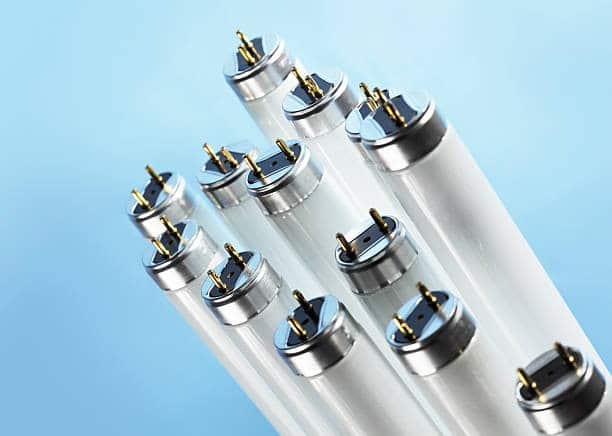Find answers to the most frequently asked questions about ordering from The Lightbulb Company here. If you have a query that isn’t answered here, please get in touch.
What caps / bases do I need?
With so many different caps and bases available, it is sometimes somewhat tricky to find exactly what you need. We have compiled a list of all the most popular caps and bases to help you identify the right bulbs for you which you can view here. If you are still in doubt, please do not hesitate to call our friendly Customer Service team (01869 362222) or email us and we will happily assist you.
What is colour temperature?
Measured in Kelvins, Correlated Colour Temperature (CCT) represents the tone of white the light source emits. The lower the Kelvin the yellower the hue, the higher the kelvin the bluer the hue, for instance colour 2700 kelvin would produce a warm, inviting light whereas 6500k would produce a fresh invigorating daylight light. Read more here.
What does voltage mean?
This is a measurement of the volts required to operate the bulb, the standard for the UK is 240 volts.
What is a beam angle?
Measured in degrees, the beam angle describes how wide the light is spread. Bulbs with a narrow beam angle create a spotting effect and are suitable for highlighting particular features of a room. Bulbs with a wide beam angle create a flooding effect and are better for general ambience. The most common beam angles for the domestic home are 24-26 degree (medium) or 36-38 degree (wide). Beam angles can be as low as 6-8 degrees to produce a precise spot of light to the 100 degree plus beams for very general floodlighting. See the interactive guide here.
Why are lumens important?
The lumen count of a bulb will let you know how bright the bulb will be, with LED bulbs being designed to use very little energy, estimating brightness in wattage is no longer accurate. As a rule, the higher the lumens, the brighter your bulb will be. See lumens to watts conversion chart here.
What colour option should I choose?
This is completely down to personal preference. Very Warm is perfect for decorative lighting and creates a nostalgic retro feel, Warm and Warm White creates an inviting light and is ideal for living areas and bedrooms, while Cool White is brighter and whiter and is therefore used mainly used in kitchens and bathrooms, daylight creates a fresh invigorating feel.
Why should I buy branded bulbs?
The importance of buying a branded light bulb cannot be overstated, there are 5 leading manufacturers of light bulbs in the world today: Bell Lighting, Ledvance, Signify Philips, Sylvania and Tungsram. Whilst there are of course a number of very reputable and respected smaller manufacturers of light bulbs throughout the world, these main 5 accounts form a considerable percentage of the consumption across the globe. The reason for this of course is the same as with any other product—the key factors in purchasing any item for any consumer is the knowledge and comfort that in the event of any difficulty or problem with the item, the manufacturer and associated supplier will endeavour to resolve the issue to your complete satisfaction. Dealing with major international organisations of this stature provides that security.
We at The Lightbulb Company are proud stockists of all 5 major brands. We hold direct accounts with each of them and purchase direct from each of them—a fact most of our competitors cannot claim. The advantages of such an established direct relationship are of course essential. The manufacturer warranties and guarantees are only applicable if purchased through recognised stockists and respected partners. Many online light bulb suppliers supply inferior unbranded products that afford very little recourse in the event of difficulty.
We at The Lightbulb Company are proud stockists of all 5 major brands. We hold direct accounts with each of them and purchase direct from each of them—a fact most of our competitors cannot claim. The advantages of such an established direct relationship are of course essential. The manufacturer warranties and guarantees are only applicable if purchased through recognised stockists and respected partners. Many online light bulb suppliers supply inferior unbranded products that afford very little recourse in the event of difficulty.
What is an LED?
LEDs (light-emitting diodes) are a type of electronic light source. LEDs are extremely efficient compared to om conventional light sources such as incandescent and halogen lamps. They last much longer, consume far less energy and emit very little heat.
How much power do LEDs use?
LED Bulbs use up to 90% less energy than an incandescent or halogen bulb of equivalent brightness, LEDs are far more efficient at converting electricity.
How long do LEDs last?
Due to very efficient thermal management, LED Bulbs are able to remove heat through heat sinks to help prolong the life expectancy of the bulb by slowing down lumen depreciation. A well-built LED with good thermal management should last at least 20,000 hours. Be wary of retailers making exaggerated claims about the life expectancy of their products.
Another important aspect to take into consideration is that all light bulb ratings are carried out under perfect laboratory conditions. There are numerous other factors that will determine the life of any light bulb. Electrical surges, extreme cold, vibration and extreme heat are just a few examples of instances where the Life time of the product will be affected. Any number of factors could determine the performance and ultimately the life of a light bulb.
Another important aspect to take into consideration is that all light bulb ratings are carried out under perfect laboratory conditions. There are numerous other factors that will determine the life of any light bulb. Electrical surges, extreme cold, vibration and extreme heat are just a few examples of instances where the Life time of the product will be affected. Any number of factors could determine the performance and ultimately the life of a light bulb.
How bright are LEDs?
The brightness of a bulb is measured in lumens (Lm), the higher the number of lumens, the brighter the bulb. Despite using very low wattages, LEDs are able to emit the same brightness as traditional light sources. To make things easier, most retailers quote an equivalent incandescent wattage so consumers can replace their lights and keep the same brightness.
How can LEDs help me save money?
Whether it’s in a standard household or a commercial environment, lighting represents as much as 20% of the overall energy consumption. By switching LED, a considerable amount of money can be saved due to the lower wattages of the products. LEDs also last far longer so you won’t need to replace them often and their reliability means you won’t need to worry about maintenance.
Are LEDs safe?
Yes. Unlike CFLs (Compact Fluorescent Lamps), LEDs do not contain mercury. They also give off comparatively little heat, making them safer to handle after prolonged use. The absence of glass enclosures and fragile parts also reduces the likelihood of breakage, so you won’t have to worry about broken glass.
Will your LED bulbs work in my existing fittings?
Yes, all our LED bulbs are designed to work with existing light fittings and be used as direct replacements. Please ensure that any fittings being placed in bathrooms are both fire rated and waterproof and hold suitable certification of IP65 or higher to comply with relevant building regulations for bathrooms.
Are your LED bulbs dimmable?
We offer both dimmable and non-dimmable LED Bulb options; you will find these on our respective product pages.
Do I need to use a special dimmer for LED dimmable bulbs?
Yes. LEDs use very little power compared to halogen bulbs. While this is good news for your electricity bills, it also means they will not work with your existing dimmer switches. You can find suitable dimmer switches on our respective dimmable bulb product pages.
Do LEDs come on immediately or do they need to warm up?
Unlike CFLs, which usually take a few minutes to reach full brightness, LEDs reach full brightness instantaneously.
What is an SMD LED?
SMDs are the new generation of LED lighting, the majority of our bulbs contain SMD chips allowing our bulbs to be much brighter than older generations of LED.
What is a COB LED?
Chip on Board (COB) is the most recent development in LED technology using chips with multiple diodes (typically 9, or more). COB offers a greatly improved Lumen per Watt ratio compared with other LED technologies such as DIP and SMD.
What are LED strip lights?
LED strip lights, sometimes called LED tape or LED ribbon, are long, flexible strips of LEDs with a self-adhesive backing that are commonly used for cabinet lighting in the kitchen or to create subtle lighting effects. Being flexible, LED strip lights can be used on surfaces that aren’t necessarily flat. They can also be cut to length.
What is the difference between 3528 and 5050?
This refers to the size of the SMD chips inside the LEDs, 3258 means the chip is 3.5mm x 2.8mm and a 5050 is 5mm x 5mm.
What does RGB mean?
RGB stands for red, green and blue and refers to the three coloured diodes that go into making a single RGB LED. By mixing different amounts of red, green and blue light, these LEDs can be programmed to display various different coloured lights, including white.
What is the difference between IP44 & IP65?
The IP, or Ingress Protection rating of an electrical product is a guide that is used to detail the strength of the enclosure that surrounds the electrical components. In the case of LED strip lights, the IP-rating measures the tolerance to the effect of dust particles and the level of protection against water or liquids. IP 44 is perfectly suited for indoor use, but for more protection against dust and low-pressure jets and sprays, we highly recommend an IP65 rating. Read more about IP ratings.
How should I dispose of my bulbs and batteries?
The Waste Electrical and Electronic Equipment (WEEE) Directive is now UK law. The legislation aims to make producers pay for the collection, treatment and recovery of waste electrical equipment. The regulations also mean that suppliers of equipment like high street shops and internet retailers must allow consumers to return their waste equipment free of charge.
The amount of WEEE we throw away is increasing by around 5% each year, making it the fastest growing waste stream in the UK. Recycling reduces the environmental and health risks associated with sending electrical goods to landfill.
We are obliged under these regulations to offer our customers free take-back of their WEEE on a like-for-like basis when they buy a new Electrical or Electronic product from us. Customers must return their like-for-like WEEE item to us within 28 days of purchasing their new item. Under the WEEE Regulations, all new electrical goods should be marked with the crossed-out wheeled bin symbol and be disposed of separately from normal household waste. Relevant legislation:
- Environmental Protection Act 1990 [EPA]
- Health & Safety at Work etc. Act 1974 [HASAWA]
- Integrated Pollution and Prevention Control Act 1999 [IPPC]
- Control of Substances Hazardous to Heath [COSHH]
- Waste Electrical & Electronic Equipment Directive [WEEE]
There are further obligations under Duty of Care legislation. All types of fluorescent and discharge lamps are now classified as ‘Hazardous Waste’ in line with the new WEEE Directive. In order to comply with this legislation, businesses must manage the disposal / recycling of their hazardous lamps in a responsible manner to satisfy the statutory responsibility for the health and safety of employees at work and the impact upon the environment of the business. This includes a duty of care for users of lamps and tubes to take all reasonable steps to look after this waste and prevent its illegal disposal.
Most fluorescent lamps contain potentially harmful substances – especially mercury, lead and cadmium, which can be absorbed through inhalation or skin contact. Other lamps contain sodium which reacts with water (which may be present in the air) to produce potentially explosive or flammable gases. As well as the injury hazard of glass from broken tubes, the contents – in the form of dust and chemicals – must also be treated as a potential hazard.
Please contact us for more details of our lamp disposal service. Alternatively, you can download our lamp disposal brochure here, or view the LIF official statement regarding the Handling and the Disposal of lamps.
What guarantee do you offer with your bulbs?
All products supplied by The Lightbulb Company carry a specified manufacturer’s warranty. If you experience any problems with your purchase, contact our customer care team on 01869 362 222 for advice and/or a returns reference number (we cannot accept any unauthorised returns, so please do not send lamps to us without a reference number).
As we are especially proud of all our LED Bulbs, they come with a standard 1 year guarantee, so, if you are not completely satisfied with your items, just call us and we’ll arrange a refund or exchange upon the return of any faulty / unwanted bulbs. Please note that bulbs must be returned in their boxes and in the same condition as they were supplied.
Who can buy from The Lightbulb Company?
Anyone can buy from The Lightbulb Company. Our customers range from individuals buying light bulbs for domestic use to businesses that want to make savings on their energy bills.
Do you offer free delivery?
Yes, we offer FREE delivery within the UK on all purchases over £40.00 (exc. VAT). If your order is less than £40.00 then we only charge £3.95 for our standard delivery within the U.K. mainland.
Unlike many of our competitors, we have NO minimum order value. We also offer next working day guaranteed postage options which you can see on our check out page.
Unlike many of our competitors, we have NO minimum order value. We also offer next working day guaranteed postage options which you can see on our check out page.
When will I receive my goods?
As long as you place your order before 4pm, we will dispatch your goods on the same day as you place your order (subject to stock availability). At checkout you will be given several postage options at different prices, depending on how quickly you need your bulbs. We can also arrange for you to collect your goods at our trade counter.
Can I make a purchase through the website?
Yes. We’ve designed our website to make it easy to browse and compare our huge range of products. You can place your order and pay securely online (we accept all major credit cards & payments via Paypal), but if you do need to talk to someone there’s always a knowledgeable member of our team at the end of the phone.
How quickly will I get my order?
If we receive your order before 4pm, we’ll dispatch it on the same day, subject to stock availability. We then offer different postage options, including our next day delivery which has an average success rate of 99.82%. Meaning only 2 in every 1000 orders do not arrive the next working day. We also allow you to track your order for next day deliveries and can provide proof of delivery signatures, on request.
How can I find what I need if I don’t know what I’m looking for?
All the products on our website are accompanied by a clear image to make it easy to find the one you need, plus you can filter search results by various criteria including the shape of the light bulb and the type of cap or base. You’ll also find that most of our products have extensive data sheets.
If you still need help, call us on 01869 362 222. Our sales team will help you find the right light bulb, lamp or tube either by physical description or by cross-referencing products with the make and model of your equipment.
If you still need help, call us on 01869 362 222. Our sales team will help you find the right light bulb, lamp or tube either by physical description or by cross-referencing products with the make and model of your equipment.
What is your price promise?
Our price promise is simple: we guarantee to beat any other online price on like-for-like branded products. If you find the same product cheaper elsewhere, we’ll refund you the difference. Call 01869 362222 or email us let us know where you have found the cheaper price so we can confirm the details. Price comparison must include VAT and delivery costs to the UK Mainland only. Product to be price matched must be new and have identical specification (eg. same model, colour, quantity and manufacturer name must be featured in product detail).
Price Promise is applicable to any competitor within the UK with the exception of auction websites like Ebay, market places like Amazon, voucher code websites or private sales. Our Price Promise cannot be used in conjunction with any Lightbulb Company or competitor discount code, promotions or clearance offers. We only accept one price match item per request. Price Promise is valid 7 days after initial purchase. This guarantee is subject to change and can be withdrawn at any time.
Price Promise is applicable to any competitor within the UK with the exception of auction websites like Ebay, market places like Amazon, voucher code websites or private sales. Our Price Promise cannot be used in conjunction with any Lightbulb Company or competitor discount code, promotions or clearance offers. We only accept one price match item per request. Price Promise is valid 7 days after initial purchase. This guarantee is subject to change and can be withdrawn at any time.
Instant Accounts and Promotional Codes
All voucher codes are valid within the promotional period, and subject to change and are not valid in conjunction with other offers, unless otherwise stated. Promotional codes will override any existing discounts when used via Instant Accounts.





















































































